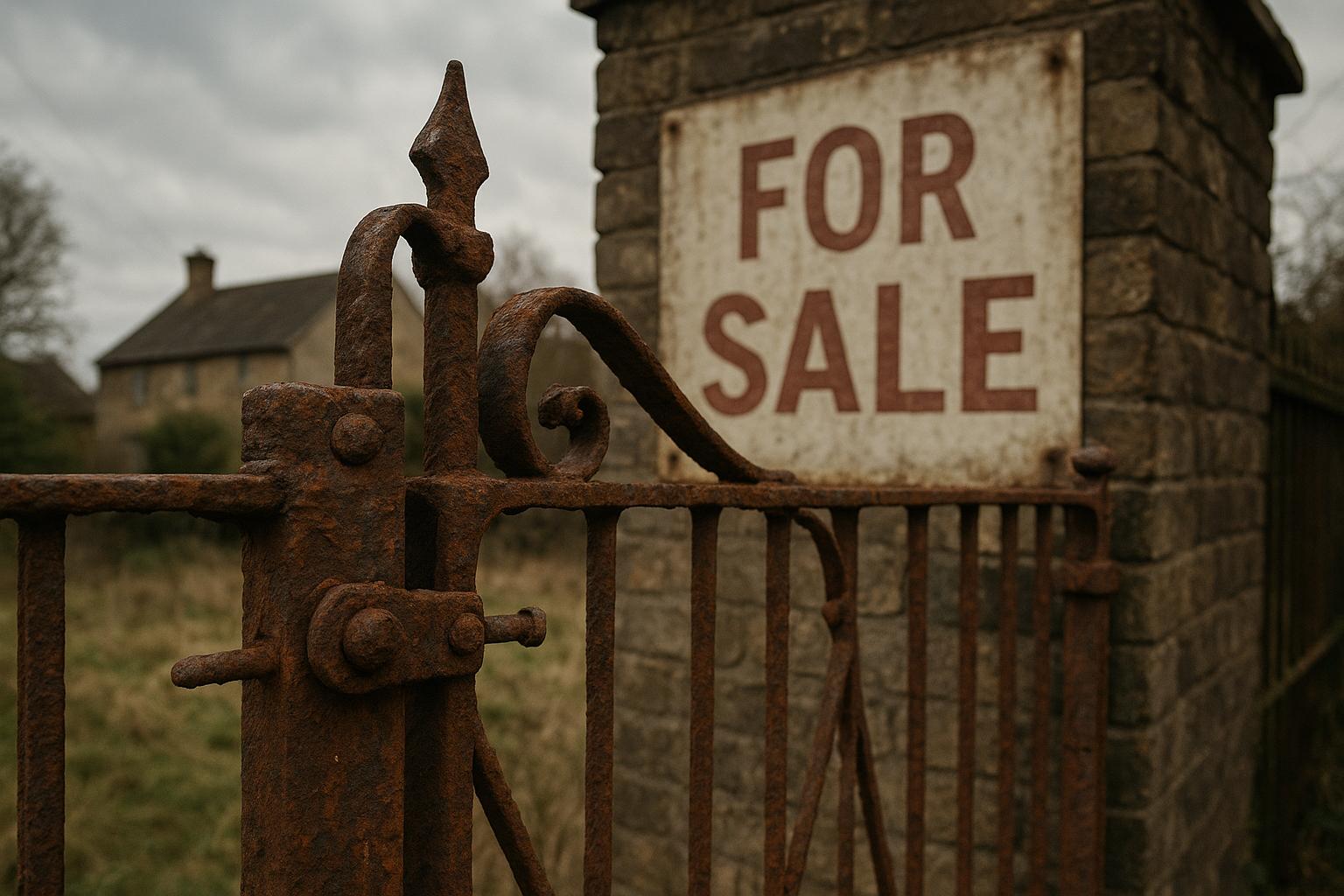Despite ongoing speculation about potential increases in property taxes expected in the UK Government’s upcoming Budget on 26 November, property prices showed a modest rise in September according to Nationwide Building Society. Their figures indicated a 0.5% monthly increase in average house prices. This lifted the annual growth rate to 2.2%, slightly higher than August’s 2.1%. Northern Ireland particularly outperformed, with year-on-year price growth reaching 9.6%, followed by Wales and Scotland, where prices were up by 3% and 2.9% respectively.
The north of England continued to see stronger price growth compared to the south. Nationwide data revealed a 5.1% increase in average house prices in northern areas such as Tyneside, Teesside, and Cumbria over the past year. Conversely, the south of England, including London, the South East, and East Anglia, experienced more subdued growth of just 0.7% annually. This divergence highlights a growing regional divide in the UK's housing market, driven in part by varying supply and demand dynamics.
Nevertheless, the housing market is feeling the impact of uncertainty ahead of the Budget. Real estate agents report hesitancy among buyers and sellers, stalling activity as many await clarity on possible changes to stamp duty, capital gains tax, and council tax. Zoopla noted a 4% reduction in buyer enquiries for properties priced over £500,000 compared to last year. Similarly, Knight Frank recently revised its house price growth forecast downwards from 3.5% to just 1%, attributing the outlook to both high supply and wavering market confidence.
Tom Bill, Knight Frank’s head of UK residential research, pointed out that the "growing sense of uncertainty" and ample supply are putting downward pressure on housing demand and prices. While mortgage rates have remained stable so far, he warned that pre-Budget speculation is likely to increase buyer hesitancy in the coming months. He further cautioned sellers to adjust their asking prices realistically to attract buyers in this increasingly buyer-favourable market.
Yet, Robert Gardner, chief economist at Nationwide, offered a more optimistic perspective. He highlighted supportive fundamentals for potential homebuyers, such as low unemployment, steadily rising earnings, strong household balance sheets, and the prospect of modestly reduced borrowing costs if the Bank of England lowers interest rates in the near future. Gardner suggested that, subject to a sustained broader economic recovery, housing market activity could gradually strengthen in the quarters ahead.
Official government data presents a somewhat more subdued picture overall. The UK House Price Index for September 2023, published by the government, recorded an average UK property price of £291,000, showing a 0.1% decrease compared to the previous year. Regionally, the North East of England led price rises with a 1.6% annual increase, whereas the South West experienced the steepest decline of 1.6%. Additionally, the index reported a 0.5% month-on-month fall in house prices between August and September 2023.
In England specifically, the average house price was £310,000 in September, down 0.5% from a year earlier. Detached homes saw a modest price increase of 0.6%, while terraced homes experienced a larger drop of 1.5% over the same period. Scotland showed resilience with an average house price rise of 2.5% year-on-year to £195,000, although prices dipped slightly by 0.2% month-on-month. In Wales, prices decreased by 2.7% annually, and Northern Ireland experienced a 2.1% rise, with prices growing notably by 3.1% in the summer months.
This data highlights the varied landscape of the UK housing market, underscored by regional disparities and the complex interplay of economic factors and policy uncertainty. Analysts and industry observers will be closely monitoring how the forthcoming Budget announcements will influence buyer confidence and market dynamics in the months ahead.
📌 Reference Map:
- Paragraph 1 – [1], [6]
- Paragraph 2 – [1]
- Paragraph 3 – [1], [7]
- Paragraph 4 – [1]
- Paragraph 5 – [1]
- Paragraph 6 – [1]
- Paragraph 7 – [2], [3], [4], [5], [6], [7]
Source: Noah Wire Services
